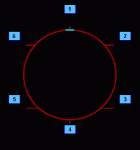Working of NPN Transistor
July 15, 2016
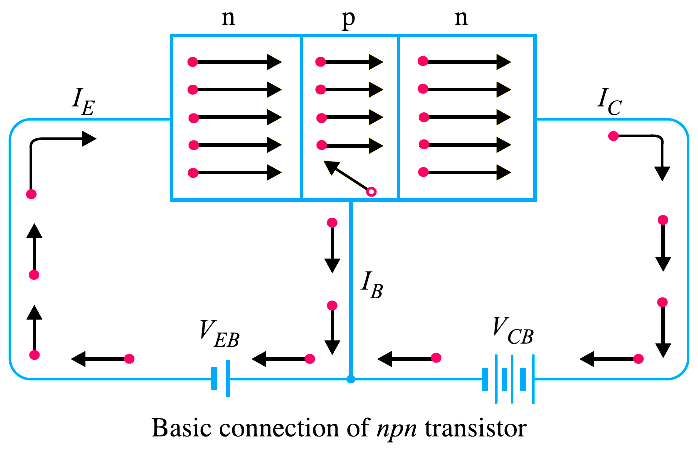
The emitter-base junction of a transistor is forward biased whereas collector-base junction is reverse biased. If for a moment, we...
Read more
Basics of Transistors
July 15, 2016

A transistor consists of two pn junctions formed by *sandwiching either p-type or n-type semicon-ductor between a pair of opposite...
Read more
Basics of Voltage Regulators
July 7, 2016

While filters can reduce the ripple from power supplies to a low value, the most effective approach is a combination of...
Read more
Ripple Voltage in Rectifiers
July 7, 2016

Ripple Voltage As you have seen, the capacitor quickly charges at the beginning of a cycle and slowly discharges through RL...
Read more
Capacitor Filter Working Principle
July 7, 2016
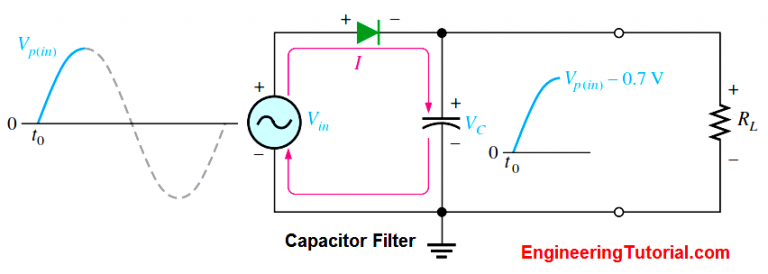
A half-wave rectifier with a capacitor-input filter is shown in Below Figure. The filter is simply a capacitor connected from...
Read more
Peak Inverse Voltage of Center Tap Rectifier
July 7, 2016
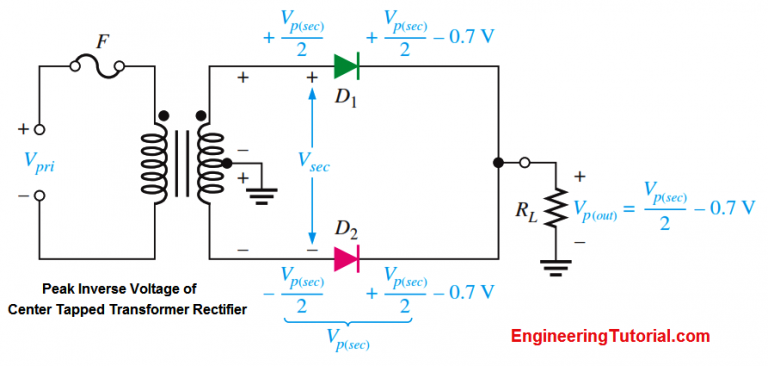
Peak Inverse Voltage Each diode in the full-wave rectifier is alternately forward-biased and then reverse-biased. The maximum reverse voltage that each...
Read more
Center Tapped Full Wave Rectifier Operation
July 7, 2016

A center-tapped rectifier is a type of full-wave rectifier that uses two diodes connected to the secondary of a center-tapped transformer,...
Read more
Full Wave Rectifier
July 7, 2016

A full-wave rectifier allows unidirectional (one-way) current through the load during the entire 360° of the input cycle, whereas a half-wave...
Read more
Basic DC Power Supply Circuit
July 6, 2016

All active electronic devices require a source of constant dc that can be supplied by a battery or a dc power...
Read more
VI Characteristic of a Diode
July 6, 2016
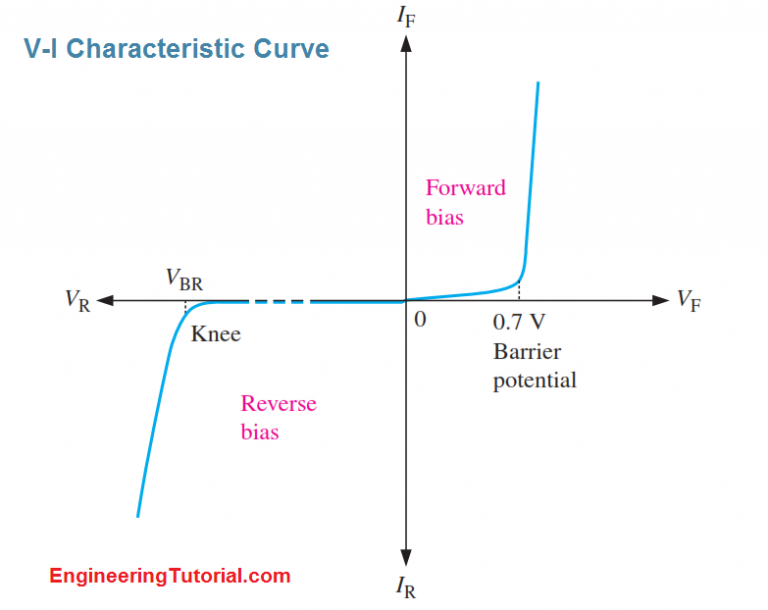
As we know, forward bias produces current through a diode and reverse bias essentially prevents current, except for a negligible...
Read more
